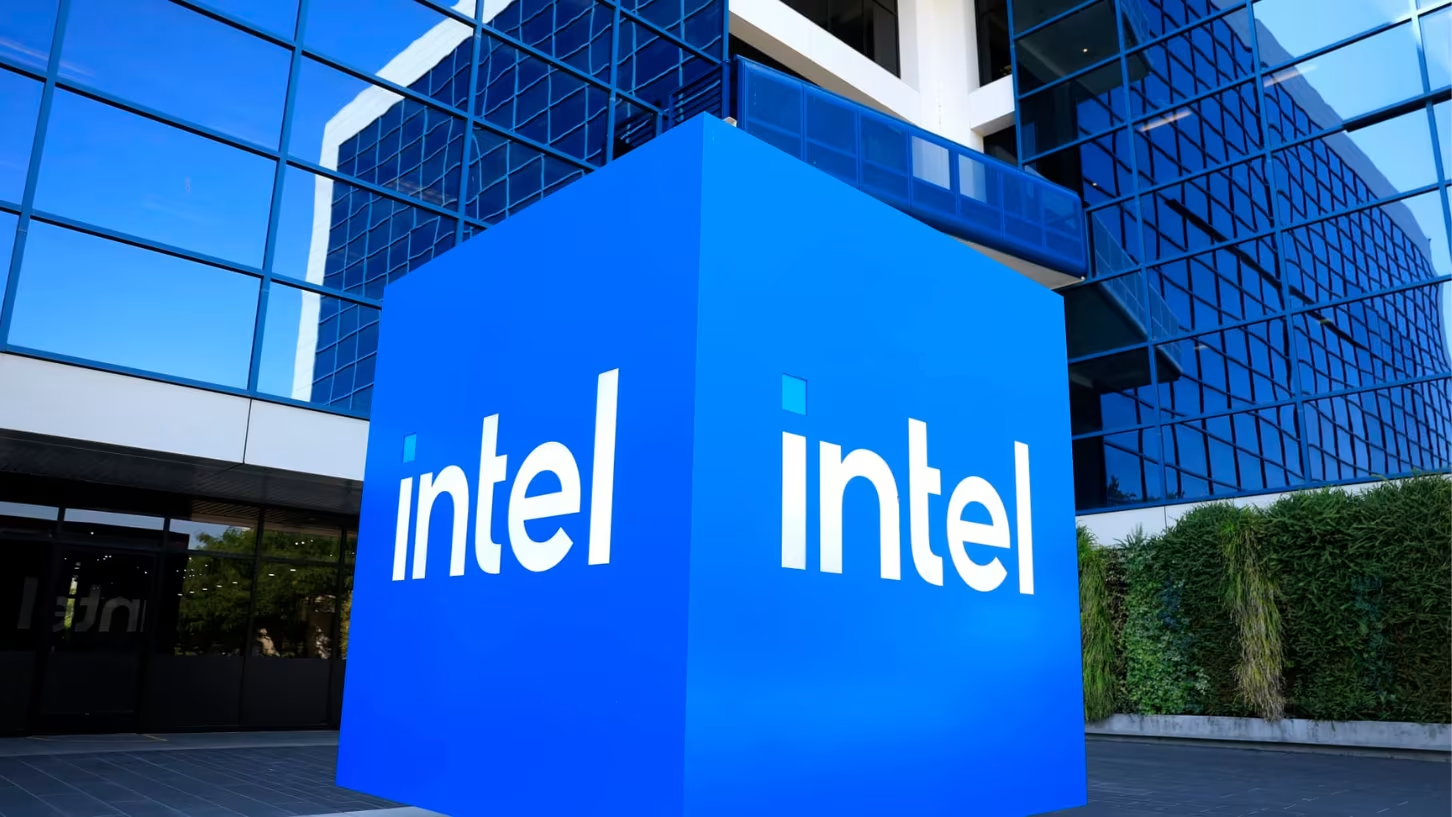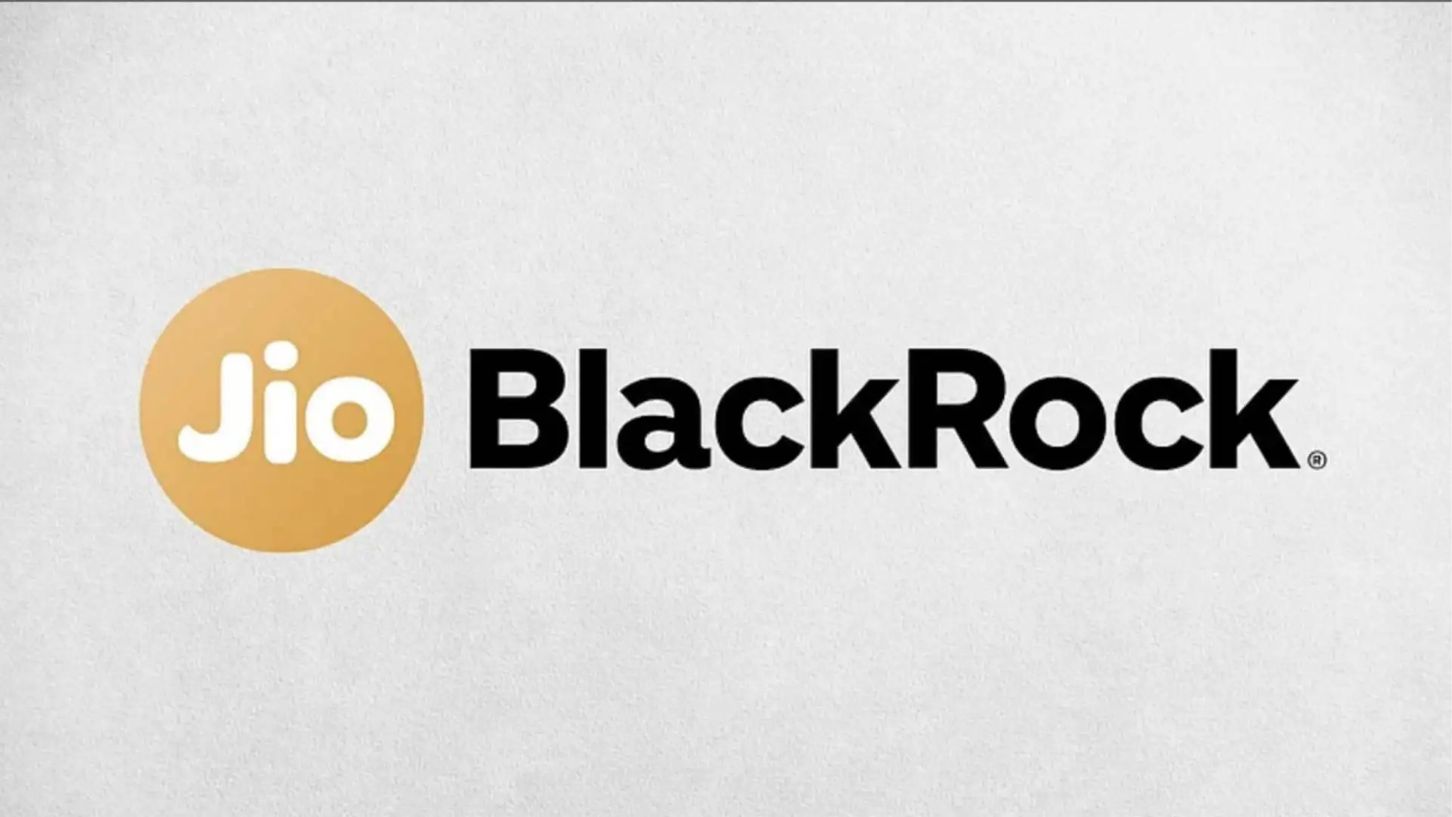Intel INTC earnings report Q2 2025 delivers a stark portrait of a company in transition. In the wake of new leadership and ambitious restructuring, Intel reported mixed results for the second quarter of 2025.
Intel INTC earnings report Q2 2025 sheds light on turnaround strategy
From the very first line, we emphasize the Intel INTC earnings report Q2 2025, and it becomes clear: revenue held steady at roughly $12.9 billion, slightly above consensus estimates of $12.0 billion, despite flat year‑on‑year performance. Investors were cautiously optimistic until the earnings-per-share came in at an adjusted net loss of $0.10 per share, sharply missing the expected $0.01 profit.
Revenue and segment performance
Intel’s Client Computing Group (PC chips) declined by about 3% year over year, bringing in ~$7.9 billion, while Data Center & AI chip revenue rose 4% to ~$3.9 billion, and foundry sales delivered a 3% increase to ~$4.4 billion. It’s the latter two segments that signal Intel’s pivot toward AI and external manufacturing services.
One‑time charges and profit erosion
Intel incurred significant non‑recurring costs: roughly $1.9 billion in restructuring charges, $800 million in impairment costs, plus $200 million in one‑time period expenses. These shaved approximately $0.23–$0.20 off GAAP and non‑GAAP earnings per share, respectively. As a result, the GAAP EPS hit was $- ‑0.67, while non‑GAAP EPS came in at $‑0.10.
Intel’s workforce reduction and operational efficiency moves
CEO Lip‑Bu Tan, who took the helm in March, is steering Intel through a major restructuring. The firm plans to reduce its core workforce from about 99,500 to 75,000 by year‑end—a 24,000‑employee cut, representing approximately 15% of headcount.
This includes canceling planned chip fabs in Germany and Poland, relocating assembly and test facilities from Costa Rica to Vietnam and Malaysia, and slowing the pace of the mega‑fab buildout in Ohio.
These changes are part of Intel’s plan to trim operating costs to $17 billion in non‑GAAP OPEX for 2025, falling to $16 billion in 2026, with capital expenditures capped at $18 billion in 2025.
Mixed signals in market reaction and analyst sentiment
Despite beating revenue forecasts, Intel’s stock trading took a hit, falling as much as 3.7% to around $23.50 in after‑hours trading. Retail sentiment on social platforms like Stocktwits turned “extremely bullish” (~84/100) post‑release, even as analysts expressed concerns about Intel’s long‑term growth path.
One analyst summarized the mood: “We continue to see a lack of meaningful revenue growth drivers ahead, as Intel lacks the products to participate in AI”. The valuation remains modest: Intel’s market cap hovers near $99 billion, a fraction of rivals like Nvidia, valued above $4 trillion.
Q3 2025 outlook and long‑term implications
Intel set its Q3 2025 revenue forecast at $12.6 billion to $13.6 billion, slightly mixed but generally above consensus (~$12.7 billion). The company expects GAAP EPS of –$0.24 and break‑even on a non‑GAAP basis, falling short of the anticipated 5¢ per share by analysts.
Future profitability hinges on improving gross margins, expected to rise to ~34.1% GAAP and ~36% non‑GAAP in Q3. Intel is banking on solid execution of its 14A process node technology, new AI chip roadmap, and better utilization of its foundry business to restore momentum.
The Intel INTC earnings report for 2025 reveals a company at a critical crossroads. Revenue stability masked deep operational challenges, with large one‑time charges depressing earnings and shareholder returns. Still, the framework laid out by CEO Tan indicates a path toward leaner, more focused execution and renewed investment only when backed by customer demand.
Investors should watch how Intel’s AI investment strategy unfolds, whether new chip architectures like Panther Lake and AI accelerators gain traction, and how effectively the company manages to squeeze costs out of its business in the coming quarters. This report may feel like a reset rather than a rebound, but it’s certainly a reset underway.



